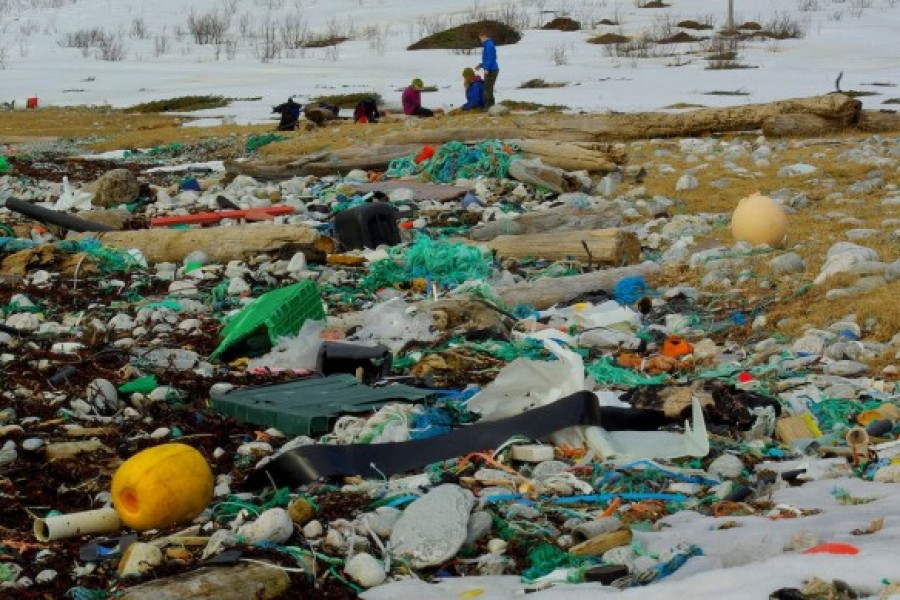If environmental pollution alone accounts for 80,000 deaths in the country's urban areas in a year -2015 to be precise, it shows how grave the situation is. Here is a casualty figure 10 times higher than the total number from road accidents. Bangladesh has the dubious distinction of outpacing the South Asian average of 25.9 per cent and the global average of 16 per cent of all pollution-related deaths. Pollution, evidently, is a silent killer. It does not necessarily kill people directly but diseases related to environmental pollution are the causes of such a high incidence of deaths. Apart from the loss of life, the economic cost too proves quite staggering. As high as $6.5 billion - equivalent to 3.4 per cent of the country's Gross Domestic Product (GDP) in 2015 -- is lost on account of the country's urban pollution. Well, these figures perhaps have not counted the medical bills and the sufferings of the patients of pollution-related diseases and even incapacitation of victims.
The picture painted by the World Bank report has, however, spelt out the obvious. People living in Dhaka and many other cities and towns experience the effects of pollution and environmental degradation on a daily basis. Water, air and foods are all suspect. All because human life here is no longer considered precious. Practices that are considered serious crimes in developed countries are not only tolerated but even encouraged by turning a blind eye to those. A compulsive disorder in public psychology drives them on to a perilous spree. Or, how can collective mindlessness bring the Buriganga, Dhaka's lifeline, to its death throes? Not only the Buriganga, other rivers girdling the city -- the Balu, the Turag and the Sitalakhya -- are also heading for strangulation and massive pollution. The extraction of underground water also unfolds a dreadful spectre. This may spell disaster for the city in the long run.
Dhaka city's dust pollution is infamous. But the brick kilns around the city, industrial waste and effluent along with domestic refuse dumped unhygienically contaminate its air with lead, methane and other poisonous gases along with the carbon dioxide released from the thousands of automobiles. Heavy with such noxious gases, the air is hardly ideal for breathing in. These are the main sources of a number of diseases. If environmental degradation continues like this, the city people will be required to import ballooned fresh gas as has become essential in some of the world's highly polluted cities.
Evidently, the city's environmental health is in a precarious condition. Not all of its ills can be addressed immediately but there are a few that can be taken on as soon as the government considers those anti-environmental. The first two candidates for waging the war against may be polythene bags and wrappers along with plastic. Polythene and plastic are twin villains wreaking havoc with the country's environment. Globally the awareness against these two has compelled policymakers to focus on collection of discarded plastic from everywhere including the seabed. A similar drive needs to be undertaken here for cleaning the country's riverbeds. Then gradually, other sources of pollution have to be taken care of in favour of eco-friendly industrialisation.


